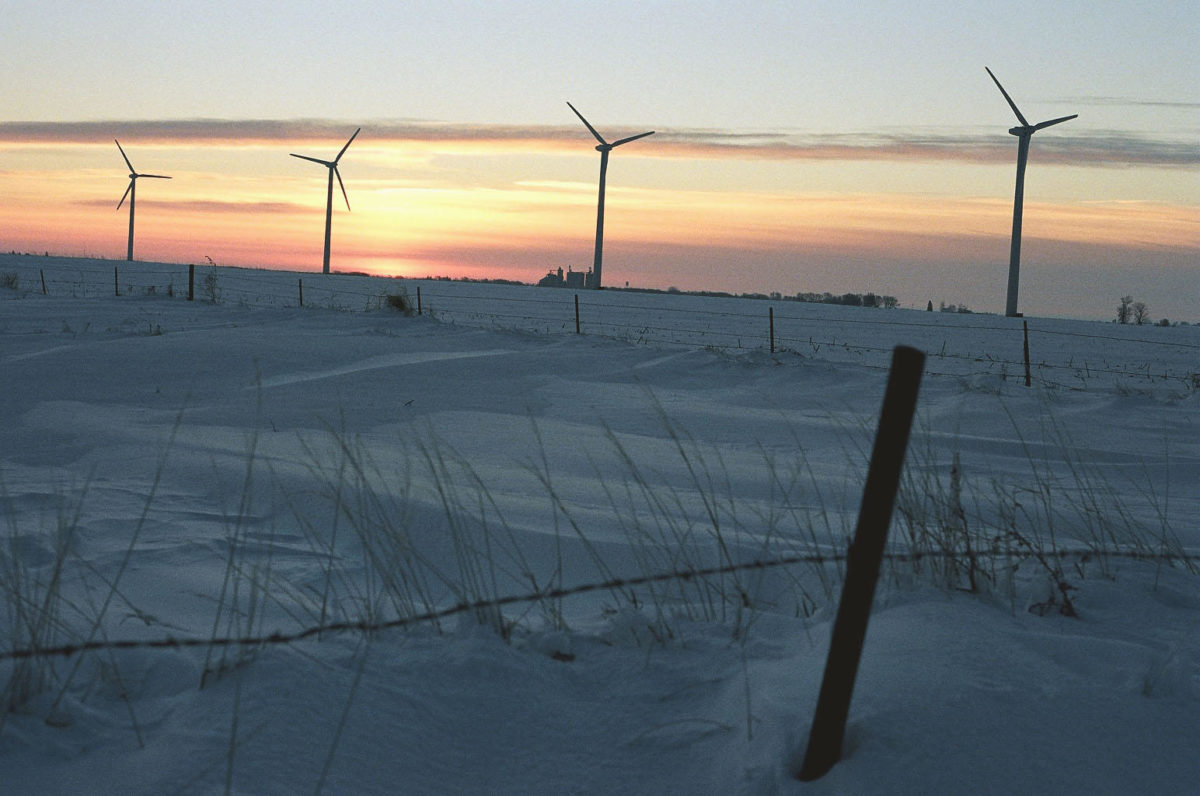If you are considering installing a renewable energy system with an eye toward selling power to your utility, do your homework carefully. Rules, regulations and policies vary widely across states, municipalities and utilities. In some areas, utilities are more cooperative due to regulatory mandates to buy a certain amount of renewable energy. In other areas, utilities are less helpful, fearing potential hassles and lost revenue.

“Utilities are a mixed bag,” said Mike Morris, Farm Energy Team Leader for the National Center for Appropriate Technology (NCAT). “There are many excellent investor-owned utilities and rural electric cooperatives committed to helping people hook up to the grid, but in many areas, that is not the case.”
Some tips to consider when working with your local utility:
Research Your Utility: Is it willing to work with small or “distributed” power generators? Some utilities are open to the idea; others more resistant. Their reluctance may be as simple as not having the proper infrastructure in place. For example, in many rural areas electric power distribution was designed to be a one-way street; sending electric power backward may require installation of different controls. Talk to the distribution utility early in the process to determine its requirements. The costs to upgrade the distribution system may dramatically change the economics of a generation project.
Talk to the Pioneers: Look into regulations and potential red tape by talking with people in your community who have hooked up to the grid. Local renewable energy dealers and installers are also good sources of information.
Know State Net Metering Laws: Forty-two states and the District of Columbia require utilities to “net meter” — that is, allow customers to hook up to the grid. But each state has different requirements. In Montana, for example, investor–owned utilities are required to net meter while rural electric cooperatives are not. Each state also has a different maximum allowable system size for net metering. In Maryland, consumers can install and link systems up to 2,000 kW, while in California the limit is 1,000 kW.
Understand Technology Differences: Solar, wind and biogas all have different requirements for hooking up to the grid. Be sure you understand the technical specifications.
Investigate the Financial Benefits: When net metering, you will probably only receive credits to your electric bill. For some customers, the savings can be significant. To sell back to a utility, you must become a qualifying facility (QF) as outlined by the Public Utility Regulatory Policies Act of 1978 (PURPA). However, even if you qualify, in many states you will be selling back to the utility at low rates. Don’t expect to get rich. The main benefit will accrue from what you save by generating your own electricity.
Ask for a Policy: If you are working with a rural electric cooperative in a state or area that doesn’t require net metering, suggest that the cooperative develop a policy. Often, cooperatives want to be responsive to members’ needs.
